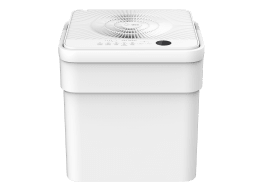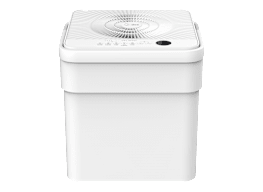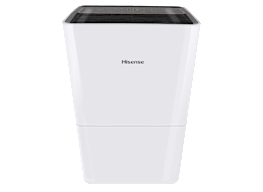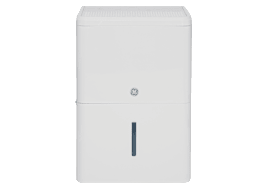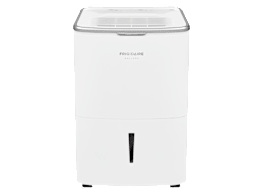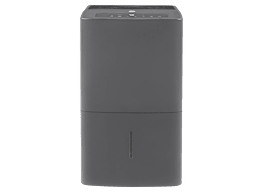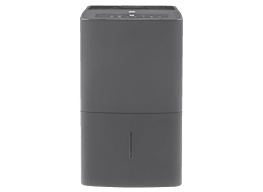How to Get the Most From Your Dehumidifier
CR offers tips for improving the appliance's performance and efficiency, plus advice on dealing with dampness
When you shop through retailer links on our site, we may earn affiliate commissions. 100% of the fees we collect are used to support our nonprofit mission. Learn more.
It’s not the heat, as the adage goes, it’s the humidity.
Indoors, humidity can be a huge problem—particularly in basements, laundry rooms, bathrooms, and crawl spaces—any time there’s a string of warm, rainy days.
Telltale signs of too-humid air include musty odors, clammy conditions, condensation on windows, and damp spots on the walls or ceiling. Dampness can cause mold and mildew to grow and spread, creating unhealthy living conditions in your home.
Putting Your Dehumidifier to Work
Here’s how to get the most from your dehumidifier.
Set the humidity level. The optimal relative humidity level is between 30 and 50 percent, according to Energy Star (and 30 to 40 percent in colder areas during heating season). If the humidity is higher than that, it can breed dust mites, mildew, and mold, and trigger allergies.
Pick the right spot. Be sure to allow enough room for air to freely flow into and out of the dehumidifier. Most of the models in our ratings release air through the top, but a few vent out the side. Regardless, they should have free space all around the dehumidifier. Your owner’s manual will have specific instructions for your model.
Close all windows and doors. Enclosing your space allows the dehumidifier to work more efficiently.
Empty the tank regularly. When the tank is full, an indicator lights up and the dehumidifier shuts off. To keep the dehumidifier running when you’re out of the house, empty the tank regularly in high season. Or you can connect a hose to any of the tested dehumidifiers to divert the water to a drain nearby. Some dehumidifiers have a built-in pump that pushes water horizontally or vertically through the hose and into a sink or even outside (through a basement window, for example).
Keep it clean. The filter cleans the air that flows through the dehumidifier, and when it’s dirty, your dehumidifier’s efficiency takes a hit. Many models in our ratings have an indicator light to tell you when it’s time to clean the filter. Wash and dry it regularly, following your manual’s advice. While you’re at it, see the manual’s guidelines on cleaning the grill. When the grill is dirty, air movement is slowed.
3 Top Dehumidifiers From CR's Tests
Ready to get one up and running? These models offer impressive performance.
Other Ways to Deal With Dampness
Even the best dehumidifiers can’t make up for chronic problems that create damp air in your home. Here’s your moisture-control checklist to mitigate these potential sources inside and outside the house:
Run the exhaust fan. When you’re cooking or right before you shower, turn on the range hood or bathroom exhaust fan to remove moisture from the space. No fan? Open a window.
Clean your dryer duct. A clean duct vents your dryer’s warm exhaust air to the outside. Clearing the duct of lint maintains airflow, allowing your laundry to dry faster, and helps prevent dryer fires.
Check plumbing for leaks. Inspect plumbing that you can access (in your basement, under sinks, at the outside spigot) for leaks or condensation.
Clear gutters. Direct rainwater away from your house by preventing any clogs in your gutters, and extend downspouts so the water flows away from your home’s foundation.
Inspect your foundation. Water can seep into even the smallest cracks. Use silicone caulk or hydraulic cement to seal cracks that are ¼ inch or less in width. If you spot larger cracks, consult a structural engineer, because they could indicate a structural problem.
Check gradation of the soil. It should slope away from your home’s foundation to prevent water from pooling. And don’t go crazy with the water when you’re watering plants near the foundation.


















